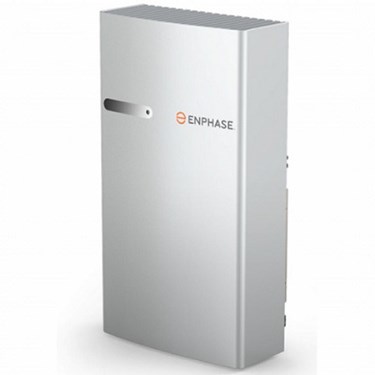If you're in the market for residential solar panels, understanding time of use (TOU) rates is crucial for optimizing the financial benefits of your new system.
In this blog post, we'll explain what Time Of Use Rates (TOU) are and why they matter to you. We'll help you compare the costs of generating electricity vs. buying from your local utility provider and how net metering and other incentives may apply in your area. We’ll also discuss how Ohio residents can utilize voluntary Time-Varying Rate programs to save money over Standard Service Offer Rates from their utility providers.
Let’s better understand TOU so you can start saving now and in the future!
What are Time of Use rates?
Time of use rates are electricity pricing plans that vary based on the time of day and the level of demand on the grid. Utility companies employ these rates to encourage consumers to use electricity during off-peak periods reducing strain on the electrical grid.
Rate differences
Electricity companies will typically divide the day into three periods:
Peak period
When demand is highest and most expensive, this stretch is usually blocked off for the late afternoon and early evening when people return home from work.
Off-peak period
This is when demand is at its lowest and least expensive, usually when consumers are asleep at night. Night owls and remote third shifters rejoice!
Shoulder period
This stretch is between peak and off-peak hours, and the rates are between peak and off-peak.
Time-shifting strategies
By figuring out which appliances and tasks you can perform during the off-peak period, you can efficiently manage your household's energy usage while potentially reducing your utility bills.
You can figure out which of your household appliances are most energy-intensive here.
This is where solar energy becomes extremely helpful.
Solar owners have flexibility when it comes to powering their homes. They can rely on panels to generate electricity during peak hours and purchase electricity from the grid during off-peak hours. They can use excess energy during off-peak hours or sell it back to the grid if they have battery storage systems.

Time-Varying Rate Option for Ohio Residents
Qualifying Ohio Edison, Cleveland Electric Illuminating Company, and Toledo Edison customers can now utilize Time-Varying Rates (TVR) in lieu of Standard Service Offer rates.
As part of its grid modernization plan, FirstEnergy installed 700,000 smart meters in the homes of residential customers of each of those three utility companies. Customers who enroll in TVR may save money over their previous plan by using more electricity during shoulder peak and off-peak hours.
If you’re interested, you can enroll here.
The fact that customers enrolled in TVR can save money by using more electricity during off-peak hours aligns with the benefits of solar energy. You can emphasize how solar installations can help you take full advantage of these off-peak hours, as excess energy generated during sunny periods can be stored or fed back into the grid, allowing you to draw upon it during higher rate periods. Time-Varying Rates can help you manage your energy consumption patterns.
Net metering and other solar incentives to offset costs
Net metering allows solar customers to return excess energy from their solar panel system to the grid, earning credits that offset their energy bills. Many states also offer solar incentives through tax credits, rebates, and grants.
If you are considering solar panels, familiarizing yourself with your state’s net metering laws and taking advantage of any incentives will save you even more in the long run.
Understanding Time of Use Rates can help you save money and reduce your reliance on grid energy. By implementing strategies like shifting usage into low-rate periods or investing in energy storage systems, consumers can maximize their cost savings from going solar.
Using net metering and other incentives, residential solar customers can offset their electricity bills further.
If you have any questions about Time of Use Rates, our team of pro-solar experts is here to help.
Contact our sales team today.



